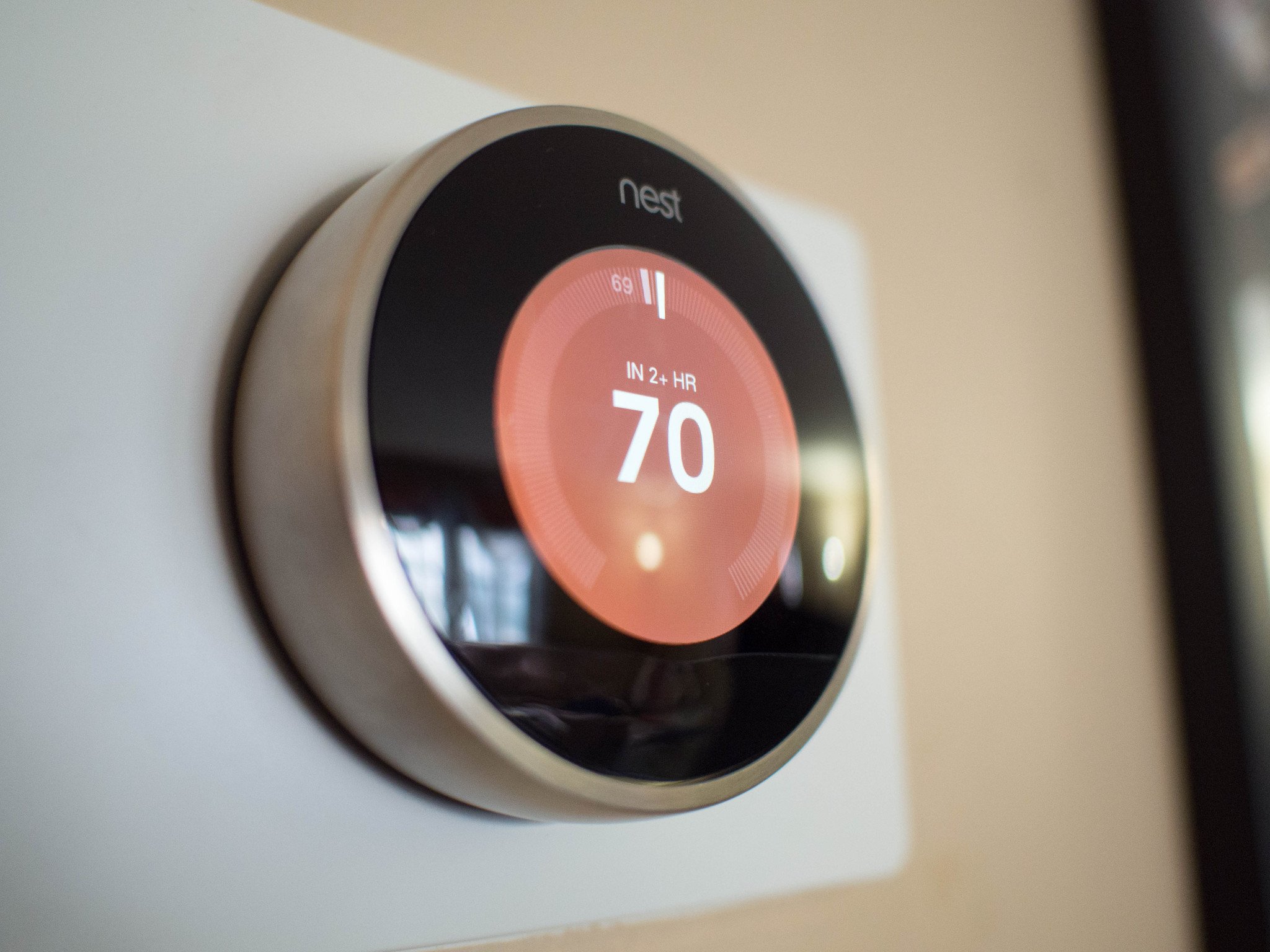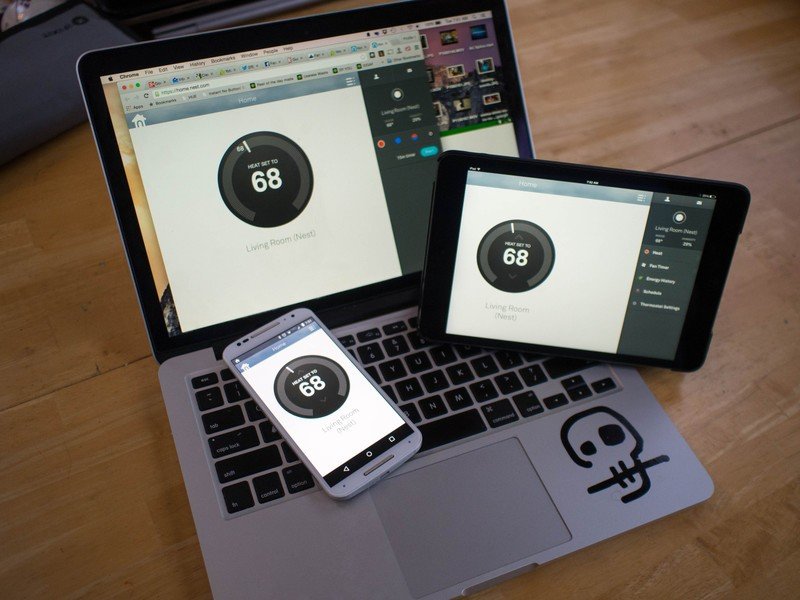What are you looking for in a 'smart' thermostat?

The internet of Living Rooms is a thing. We point to the very popular, very pricey and potentially cool smart thermostat market to see how it's beginning.
Environmental control is a natural place for smart and connected devices to be. Ever since the middle of the 20th century, we've heard about how the homes of the future will be automated and controllable from one central location. Fast forward to today, and nobody is surprised when they hear about a home that has smart lighting or smart heating and cooling.
We're going to talk a little bit about that smart heating and cooling today. Specifically, what we want a smart thermostat to do for us.
There is a fair-sized market filled with smart thermostats out there. You have the Nest, which most everyone reading Android Central on the regular will know about, but other companies — both newer names like Ecobee as well as familiar names like Honeywell — have products with their own set of compelling features. But when you get down to the basics, most of them are doing the same things.
When you get down to the basics, most smart thermostats are doing the same things
A big draw of any smart thermostat is the potential to save money. We all like to save money, and shaving a couple dollars from your heating and cooling costs every week adds up. Options, like knowing when nobody is home and adjusting the temperature or learning how to adjust the fan on your particular HVAC system to maximize the energy used, are a great way to do just that. It's also environmentally friendly, which is a good thing.
Scheduling and learning when things need to be cooler or warmer is another great perk of having a smart thermostat. Once your thermostat learns that you get home at six every evening and that you like to keep your house at a certain temperature, the smart "stuff" can happen so that you're comfortable when you walk in the door. No more walking in and turning the heat back up by hand and waiting for the house to warm up.

We can't ignore the connected aspect of a smart thermostat. You have a tiny computer that knows how and when to turn on the switches that control your heat and air conditioning, so it's logical that it can connect to things like your smartphone. We love being able to control things without being there to touch them, and no matter how smart a thermostat may be, there are times when you go outside your normal schedule. Being able to change the temperature inside your house while you're on the way home is great. Having your thermostat, which knows that you're not home, being able to control your lights is even better.
Be an expert in 5 minutes
Get the latest news from Android Central, your trusted companion in the world of Android
Google Home will know more about you than you do. A lot of the things it knows could be used to further automate our heating and cooling systems.
The popularity (and potential) of in-home smart assistants make things even closer to those visions of the future folks had years ago. The Amazon Echo can control several models of smart thermostat, and the same integration is expected with Google Home. Alexa and Google Assistant will adjust the things you tell them to adjust, and both know the weather forecast. These are important bits of information for the brains that control what temperature your house is. Hopefully, one day we can just tell our house to make sure it always "feels like 70 degrees" inside and never talk to it about the weather again.
Google Home and Assistant are especially intriguing. Most people reading this have used Google Now, Now on Tap or even the new Assistant. They're filled with our personal information and in return they can truly keep track of our lives. If you read the privacy agreement you saw when you first tried any of these services you know that they keep detailed data about your calendar, phone book, location data and more. In return, they can tell us which gate to use when we're at the airport or let us know that the weather when we get off the plane will be rainy so we should take an umbrella. With the right data, we don't even need a thermostat to adjust and everything can just happen to keep us comfortable.
The real question about smart thermostats is what you want from one.
There are a lot of reasons to want a smart thermostat, and there are a lot of people writing on the Internet about them. The real question, both for those of us writing about them and for the people manufacturing and designing them, is what do you want from one.
For me, I want to never have to walk over to the wall and make micro adjustments. Some days are colder or warmer than others, and with a typical "not-smart" setup that means you will need to adjust. I like the energy saving ideas. I love the way a smart thermostat can sense when I'm not there and bump things to save me money while being greener. But mostly, I don't want to get up at 3am because the wife is cold and bump the heat up a few degrees.
What features are most important to you? Or what features do you want to see in the next round of connected, smart thermostats? Or maybe you don't want your heating and cooling to be smart at all and want complete control over the dial. Take a moment in the comments and share.
This article was originally published in September 2015. It was last updated in November 2016 with information about Google Home and Google Assistant.

Jerry is an amateur woodworker and struggling shade tree mechanic. There's nothing he can't take apart, but many things he can't reassemble. You'll find him writing and speaking his loud opinion on Android Central and occasionally on Threads.
